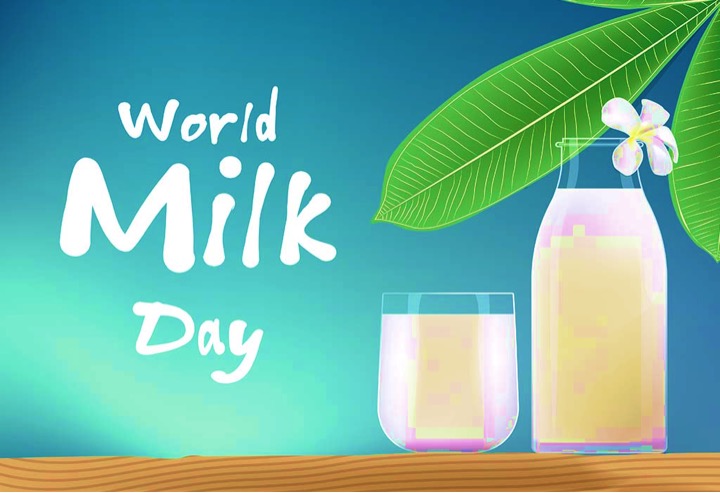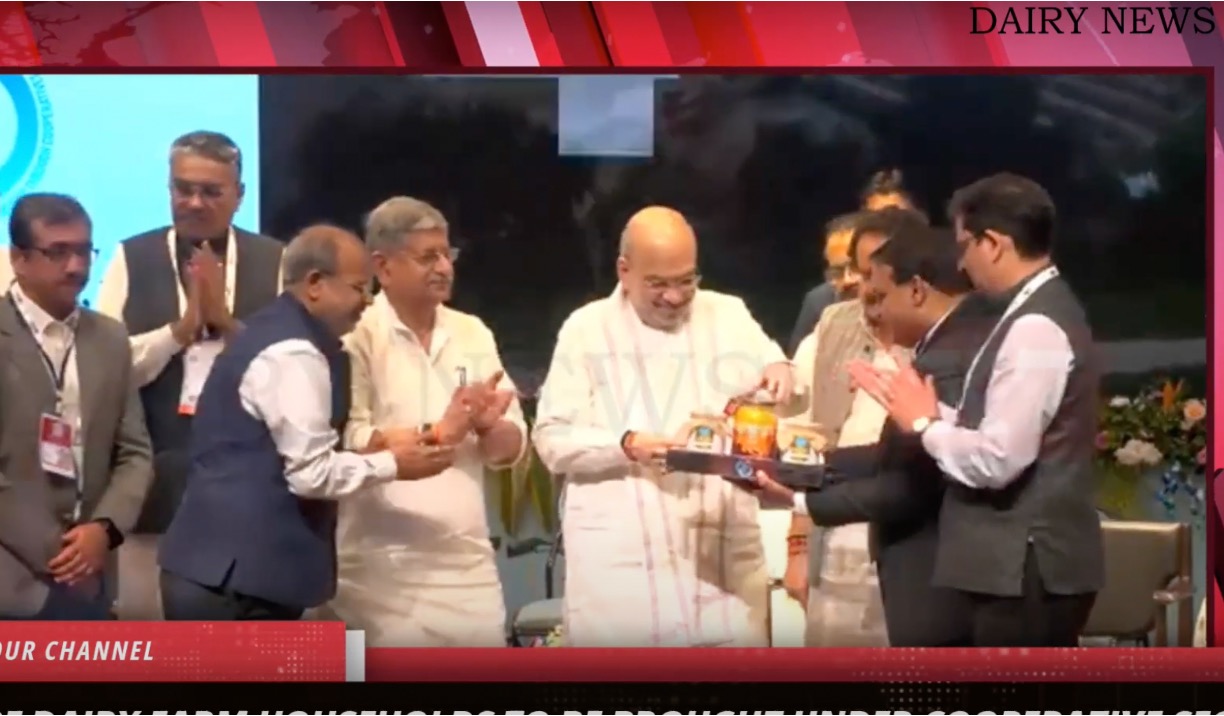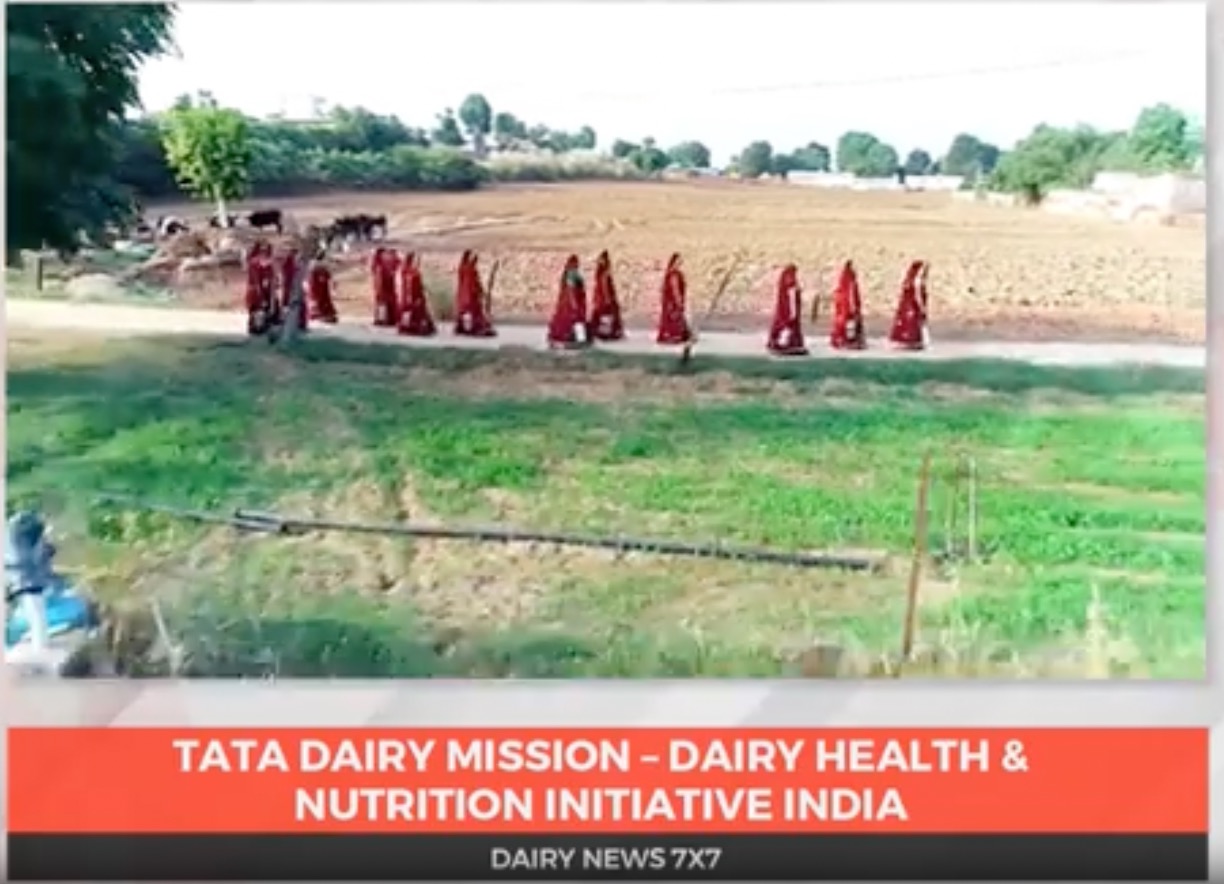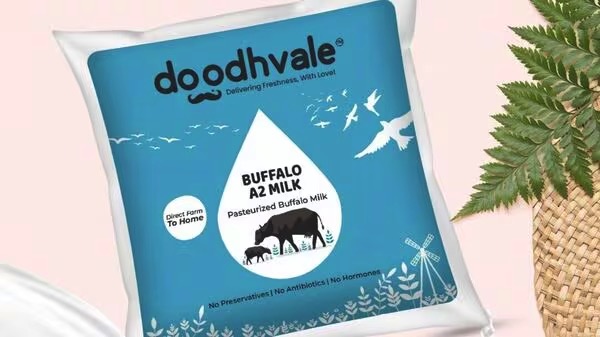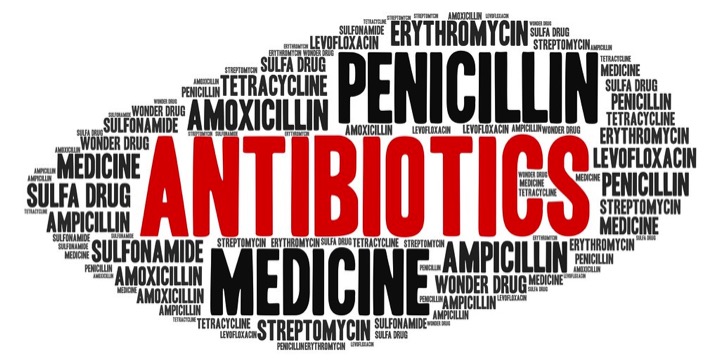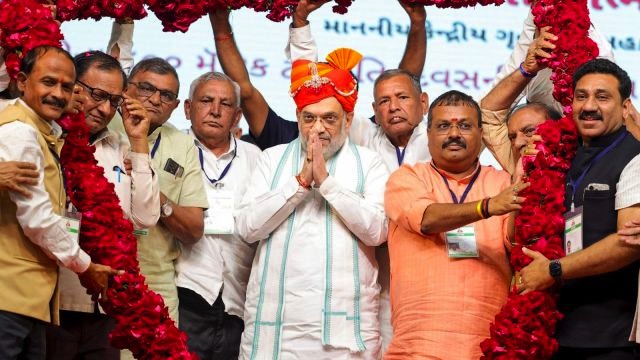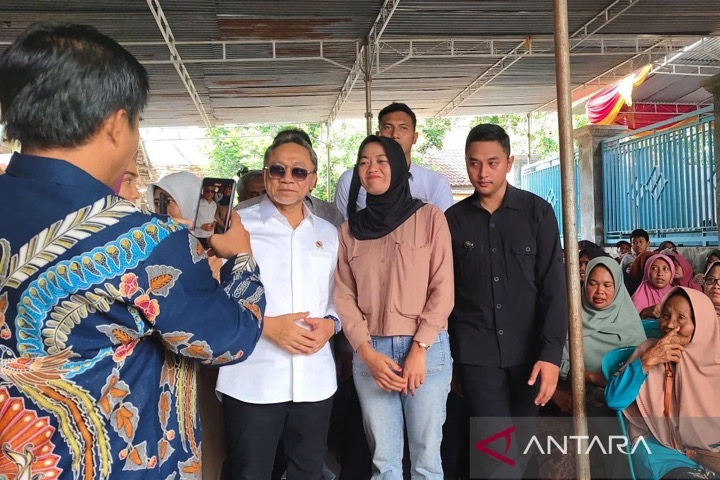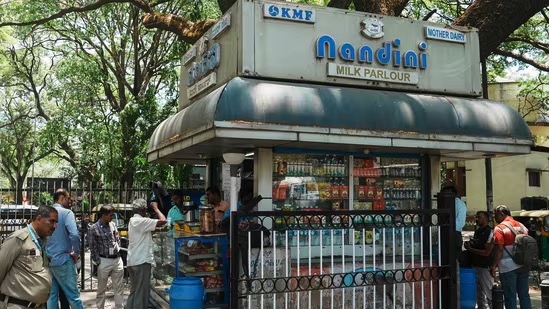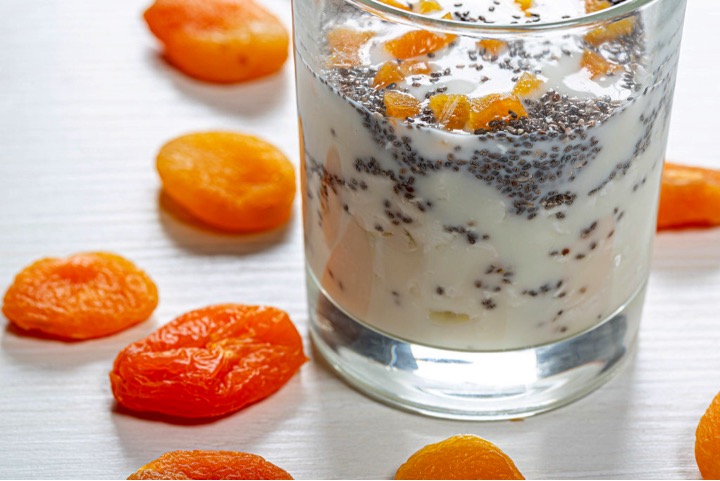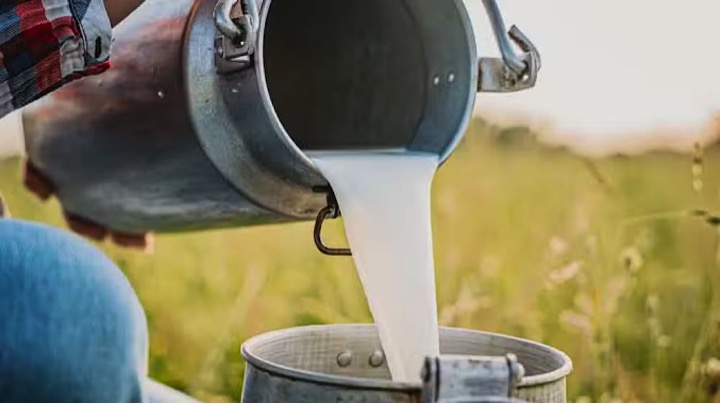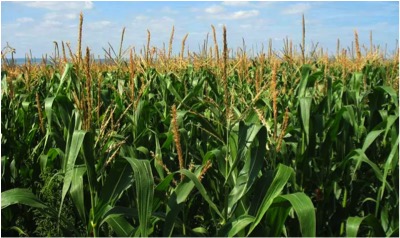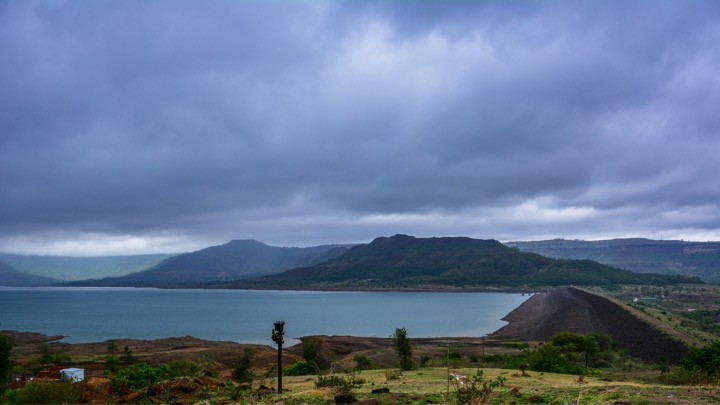In the words of Prime Minister Narendra Modi, “India’s dairy sector is not just about milk production; it is about nurturing millions of dreams, empowering our farmers, and ensuring sustainable development.” India ranks 1st in the world in terms of total milk production. (Source: FAO).
Let us raise a glass of milk today in celebration of India’s dairy dominance and its journey towards a brighter, sustainable future.
India’s Remarkable Journey in Dairy Production
On World Milk Day, we reflect on the rich history of dairying, illuminating the remarkable journey of India’s dairy industry through different eras. From ancient times, where milk production was intertwined with agrarian societies, to the pre-independence period marked by the establishment of military dairy farms under British rule, India’s dairy sector has evolved significantly.
The foundation of India’s dairy success story lies in the formation of cooperative movements, notably the establishment of the Kaira District Cooperative Milk Producers’ Union Ltd. (later known as Amul) in 1946. This cooperative was formed under the guidance of Sardar Vallabhbhai Patel and the leadership of Dr. Verghese Kurien. Amul pioneered the cooperative model, empowering farmers and ensuring fair milk prices.
The turning point for India’s dairy sector came with the White Revolution, launched in the 1970s. Operation Flood, the world’s largest dairy development program, was initiated to replicate the Amul model across India. It aimed to link rural milk producers with consumers in urban areas, establishing a nationwide network of milk procurement, processing, and marketing. Key milestones included:
Formation of NDDB: The National Dairy Development Board (NDDB) was established in 1965 with Dr. Verghese Kurien as its chairman. NDDB played a pivotal role in implementing Operation Flood and promoting dairy cooperatives nationwide.
Growth of Cooperative Societies: By the 1980s, India had established a robust network of dairy cooperatives, involving millions of farmers across the country. This cooperative structure empowered farmers economically and socially.
National Trends in Milk Production and Per Capita Availability
In 1950-51, milk production in India was a modest 17 Million Tonnes (MT). By 1968-69, just before the launch of Operation Flood, it had only inched up to 21.2 MT. However, through concerted efforts, India managed to boost milk production to 30.4 MT by 1979-80 and an impressive 51.4 MT by 1989-90. Fast forward to 2021-22, and the country’s milk production has soared to a remarkable 221 million tonnes. Over the span of three decades encompassing the 1980s, 1990s, and 2000s, daily milk consumption in India has undergone a remarkable transformation. India has seen a consistent increase in milk production and per capita availability over the past few years. From 2016-17 to 2022-23, milk production increased from 165.40 million tonnes to 230.58 million tonnes. During the same period, the per capita availability of milk rose from 351 grams per day to 459 grams per day. This upward trend reflects improvements in dairy farming practices, productivity, and distribution networks.
The annual growth rate of milk production in India has shown variability. From 2016-17 to 2022-23, the growth rate peaked at 6.62% in 2017-18 and then gradually declined to 3.83% in 2022-23. Despite this decline, the overall trend indicates steady growth, though the decreasing rate suggests challenges that need to be addressed to sustain higher growth. In 2022-23, the growth rate of milk production varied across major milk-producing states. Karnataka had the highest growth rate at 8.76%, followed by West Bengal at 8.65%, Uttar Pradesh at 6.99%, Tripura at 6.07%, Madhya Pradesh at 5.88%, Chhattisgarh at 5.80%, Jharkhand at 5.50%, Maharashtra at 5.15%, Meghalaya at 3.65%, Gujarat at 3.34%, Jammu & Kashmir at 3.32%, Odisha at 3.10%, Haryana at 2.89%, Assam at 2.48%, and Tamil Nadu at 2.07% {Source: Ministry of Fisheries, Animal Husbandry and Dairying (Govt. of India)}.
The Nutritional Powerhouse
Milk is often touted as a nearly perfect food, providing a rich source of nutrients that are essential for human health. It is particularly high in calcium, which is crucial for the development and maintenance of strong bones and teeth. Additionally, milk is an excellent source of protein, vitamin D, vitamin B12, and phosphorus. These nutrients contribute to muscle growth, immune function, and overall health. In India, cows hold a unique and revered status in both culture and agriculture. Indian cows are primarily of the Bos indicus breed, known for their distinctive hump and high milk-producing capacity. Within the Bos indicus breed, a subset of cows produces milk that contains predominantly A2 beta-casein protein rather than A1 beta-casein protein found in most other cows. This is known as A2 milk. Studies suggest that A2 milk might be easier to digest for some individuals who experience discomfort from A1 beta-casein (He et al., 2019). In a country where dairy products like ghee, yogurt, and paneer are staples in cuisine, the nutritional benefits of milk from Indian cows play a vital role in the overall health and well-being of the population
Sustainability and Environmental Stewardship
India’s dairy sector has embraced sustainable practices, ensuring the efficient use of resources and minimal environmental impact. The adoption of modern technologies, improved animal husbandry practices, and initiatives promoting organic dairy farming have further bolstered the sustainability credentials of India’s dairy industry.


